
Even if you have never seen the blockbuster movie “Kung Fu Panda” (many episodes, each time it is released it brings in “huge” revenue), even if you have never heard of the pandas that have captivated the world’s youth, I think any normal person on earth will feel excited when mentioning the word “panda”. This is a national symbol (national treasure) of China and is widely known all over the world.
During my two trips to Tibet in 2011 and my trip to Jiuzhaigou - Leshan Giant Buddha - Dujiangyan - Songpan Ancient City in 2024, I was lucky enough to see and take pictures of many giant pandas and red pandas (also known as small pandas). I noticed, as an interesting effect, the image of a chubby panda with a cheerful, innocent face in black and white was stripping the hard bamboo stalks to eat deliciously... Just a few minutes later, the "encounter" with the national treasure of China became the phone wallpaper of most members of the Vietravel tour group.
The cute lazy "big babies"
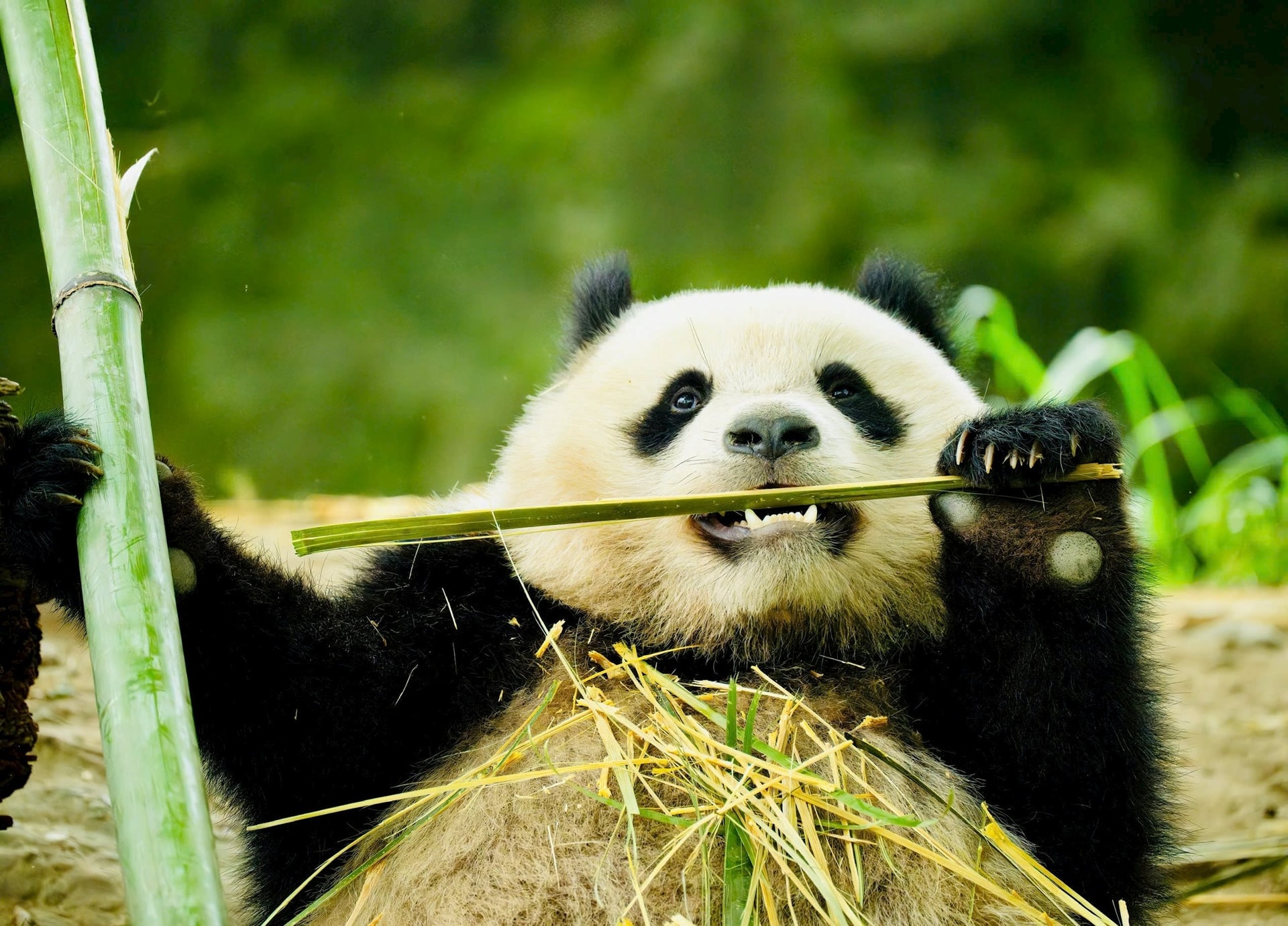
Last time, I visited the Panda Park in Chengdu, the capital of Sichuan province. This time it is the Panda “kingdom” in Dujiangyan.
I have met dozens to hundreds of pandas in China (the only place on earth where this species is naturally distributed). The first impression is that they are big, worthy of the name "Giant Panda". Some are up to 1.5 m tall. Their bellies are famous and proudly protruding. In the famous movie Kung Fu Panda, pandas always have the martial art of puffing up their bellies, making their opponents fly into a corner.
If you look closely, the black and white colors help the giant panda effectively camouflage itself into the bamboo forests of Sichuan. The black color spreads across the eyes, ears, and limbs of the giant panda, in a very artistic way, making it extremely easy to “recognize the brand”, and cannot be confused with any other animal on earth.
Giant pandas are lazy beyond our imagination. Despite their size, strength and ferocity, male and female pandas live alone and have little need for “heart-to-heart” bonding. They only meet once or twice a year during mating season, from March to May.
Giant pandas are gentle and super lazy. They often lie down, face up, holding bunches of bamboo leaves in their left hand, while their right hand holds each leaf towards their huge mouth and white teeth to eat. Chewing noisily. They don’t look at anyone and don’t care who looks at them. Giant pandas have 5 fingers, but the thumb is a fake finger. Because it is a protrusion of the wrist bone that is longer than necessary, with a little callus, and a few hairy ligaments to make a super strong “thumb”.
Some people explain that giant pandas eat only bamboo leaves and bamboo stems. Even if they ate all the green bamboo sky in the movie "House of Flying Daggers", they would still be left with only fiber, while their bodies are so huge that they have to eat a lot to get enough nutrients to nourish their bodies. Few people expect that they classify pandas as carnivores. They also eat birds, small animals, eggs, and fruits of all kinds. Therefore, it can only be said that the main (but not the only) food of pandas is bamboo.
Watching the “Kung Fu Panda” movies, many people sometimes get used to calling the big, muscular boy “Kong Fu Panda” as an adjective. He is silly, gentle, acts silly and funny, but his strength in fighting is invincible. In real life, with a lifespan of 20 years, giant pandas can grow up to 1.5 m tall.
It seems that pandas are a species that is born with many surprises. Female pandas rarely meet their boyfriends, and their pregnancy is very short (135 days), so their babies are only 80 - 120 grams. That is, they are only as big as a pencil. Newborn babies, when exposed to sunlight, weigh only 1/1,900 as much as their mother. According to researchers, giant pandas are the mammals with the smallest babies in the world, when compared to the size of their parents.
If you want to know how much the world loves pandas, look at the “public reaction” to China’s famous “panda diplomacy ” campaign. In the US, China’s giant panda family has been “loaned” to the US National Zoo (Smithsonian in Washington, DC) for the past 20 years. Recently, according to the commitment and after several extensions, the panda couple Thiem Thiem and My Huong boarded a plane to return to their homeland. Responding to the press, people felt “infinitely sad”, while zoo staff felt truly “heartbroken”.
In 2020, a baby panda named Xiao Qixi was born through in vitro fertilization. As many as 23 countries have been “loaned” pandas by the Chinese, in the aforementioned “panda diplomacy” plan. In the US alone, since 1972, that is, more than half a century ago, under President Richard Nixon, the first pair of giant pandas (named Lingling and Xingxing) arrived at a zoo in Washington, DC. Of course, zoos also have to contribute up to 500,000 USD per year to serve the so-called “conservation of giant pandas in China”.
In Korea, the panda Fu Bao is famous to the point of "crazy" with the frequency of her appearance in Korea and China reaching a classic level. Just one video about her on YouTube of this country's zoo attracted up to 500 million views. According to statistics from the famous news agency Yonhap, up to 6,000 people gathered from 4 am on the day of Fu Bao's farewell so that she could begin her "return" journey after a long time "on loan to Korea"...
Red pandas still "fascinate" me
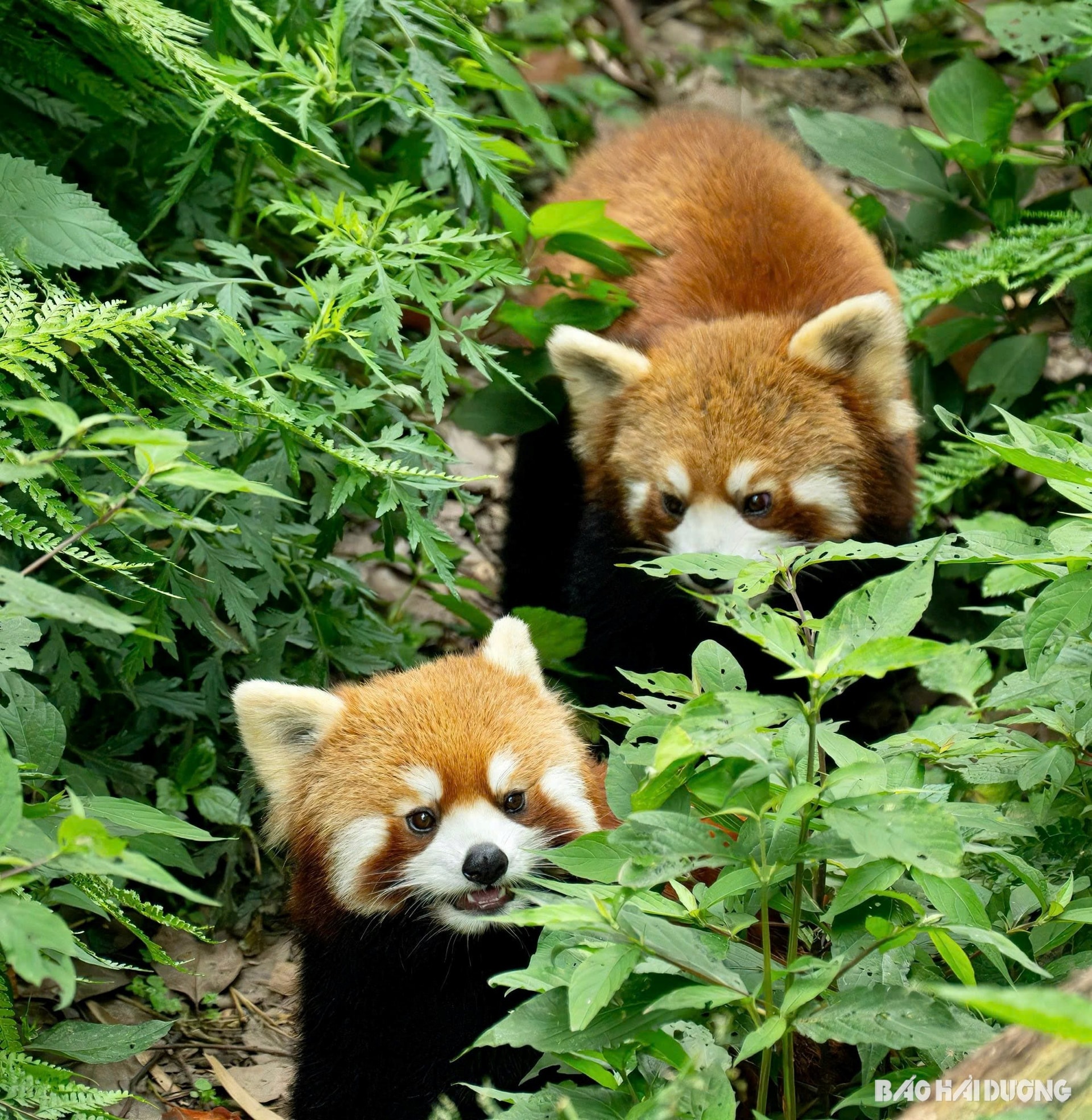
Here’s another story, aside from our friend “Kung Fu Panda.” It’s the red panda. The giant panda, of course, is endemic to China, while the red panda is found in a few other places on the globe, including the eastern Himalayas and southwestern China.
Both of the panda species we are talking about identify their special home as the Sichuan region. Sichuan is vast, has lyrical scenery, complex terrain is the intersection of many strange natural elements, year-round cloud cover, abundant rainfall, perfect subtropical vegetation. The Emei mountain system alone (located in the Sichuan region), more than 3,000 m above sea level, has up to 2,300 animal species, of which 29 are "nationally protected" by China.
The red panda, also known as the cute little panda, is listed as “endangered” on the IUCN (International Union for Conservation of Nature) Red List, as its wild population is estimated to number just over 10,000 mature individuals and is continuing to decline due to habitat loss, poaching and inbreeding.
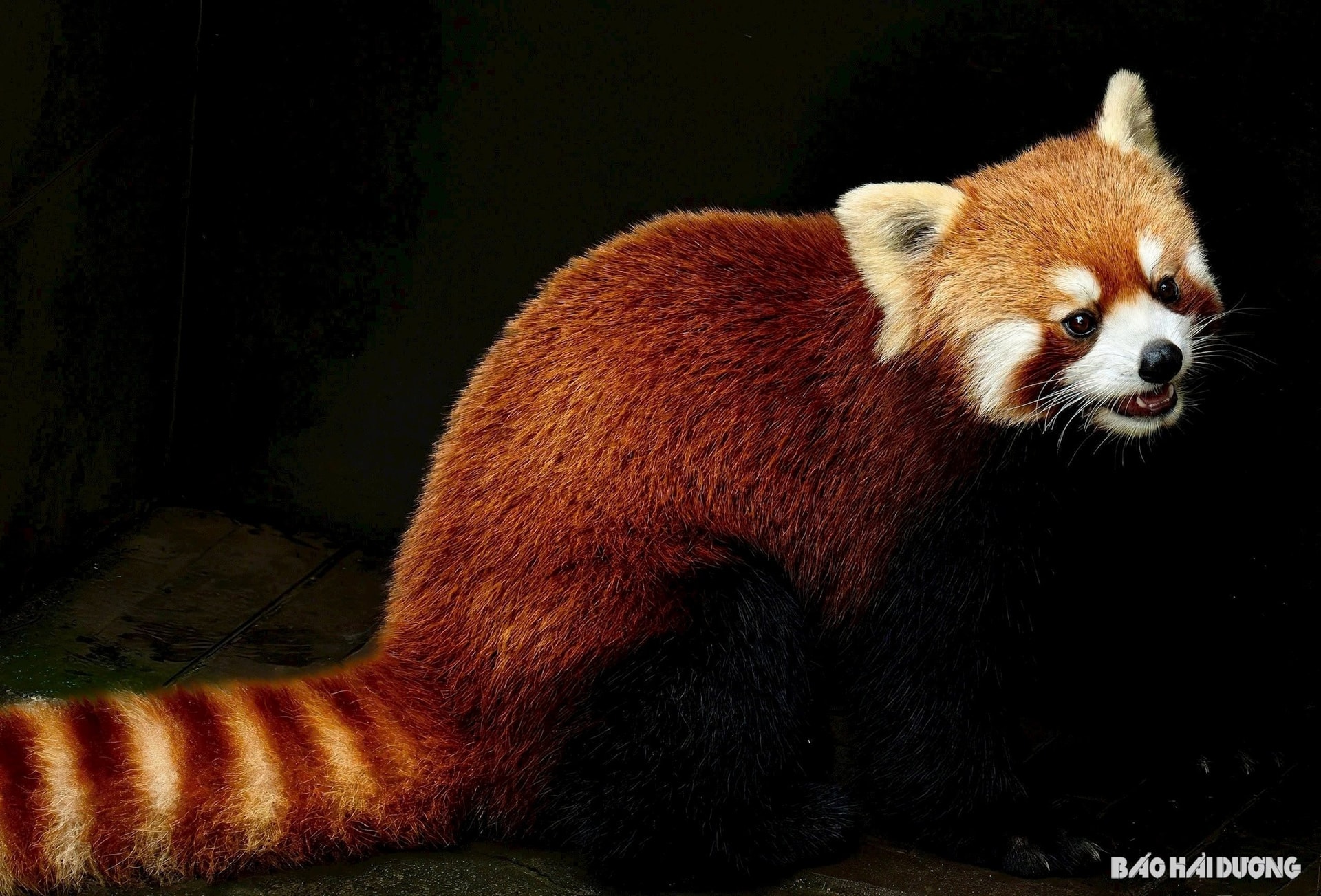
Watching or photographing a red panda is more difficult than doing these things with a giant panda. Firstly, it is too small (slightly larger than a cat). One is to lie still with its head tucked into its two front legs and its reddish-brown tail. Two is to move around and be active and agile. Not to mention it is much lazier to eat than the giant panda, whose big namesake spends 12 hours a day eating. In return, the red panda's face is extremely lively, its "whiskers" are funny and mischievous, and its waddling gait is adorable. Its reddish-brown fur has quite strong shades of nature, its tail is long and lively. The red panda's fur is mainly reddish-brown, its belly fur is blackish-brown, and its face has mischievous white spots.
One of the reasons why it is difficult to observe and take beautiful pictures of red pandas is because they are very lazy during the day. They are especially active from dusk to dawn. They eat bamboo, small mammals, birds, eggs and fruits. Scientists divide red pandas into two species, including the Chinese red panda and the Himalayan red panda. Since 0.25 million years ago, they have been "separated" to be genetically different.
We wandered around the panda paradise, trying to understand why humans are so fascinated by the beauty and cuteness of pandas. In front of us, the red panda “sleeps during the day and works at night”, it curls its head into its limbs, its two front legs hug its head and uses its long, puffy tail to cover its face. It must be afraid of the glare. The red panda’s face is beautiful, cute, humorous, mischievous, its long whiskers… like it’s drawing a clown. Looking at them, people see life as joyful and easy to make us smile.
After eating its fill, the red panda meticulously wipes its face and mouth with its hands, and uses its tongue to lick and clean its lips and mouth very elaborately. Because it weighs as much as a fat cat, when it feels threatened (which it often does), the red panda always puffs out its chest, curls its tail, claps its hands, and takes a defensive stance, raising its forelimbs up to its head as if showing off a secret martial art, and staring at its opponent as if threatening them in a very humorous way.
Giant pandas are a species unique to China. Except for a few zoos in more than two dozen countries that have been brought to China through its “panda diplomacy” program on “limited and conditional loans”, they are nowhere else on earth, outside of China. Giant pandas are a symbol of cuteness, friendliness and beauty, a national treasure of China, and have been on the brink of extinction for many years.
The “panda paradises” have dedicated and scientific care regimes, and have very good semi-wild areas. In the future, people are planning to restore their habits and ensure the best conditions for them to return to the wild.
DO DOAN HOANGSource: https://baohaiduong.vn/lac-vao-thien-duong-gau-truc-tu-xuyen-411084.html


![[Photo] Conference of the Government Party Committee Standing Committee and the National Assembly Party Committee Standing Committee on the 10th Session, 15th National Assembly](https://vphoto.vietnam.vn/thumb/1200x675/vietnam/resource/IMAGE/2025/10/15/1760543205375_dsc-7128-jpg.webp)


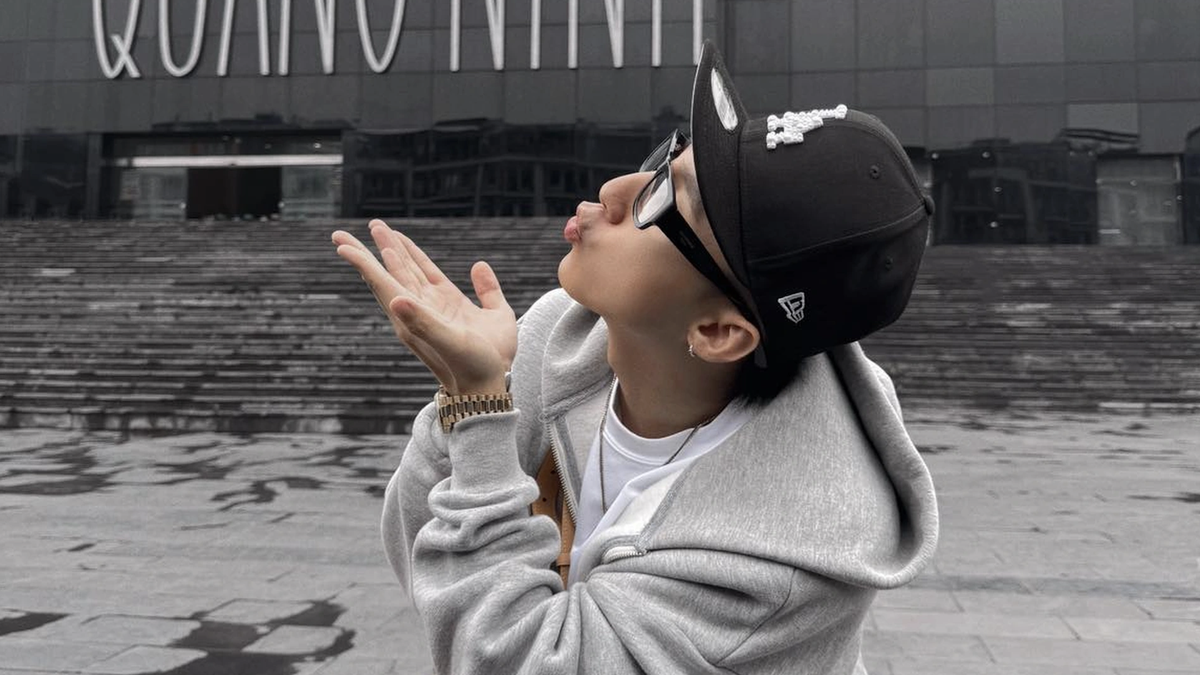

![[Photo] General Secretary To Lam attends the 18th Hanoi Party Congress, term 2025-2030](https://vphoto.vietnam.vn/thumb/1200x675/vietnam/resource/IMAGE/2025/10/16/1760581023342_cover-0367-jpg.webp)


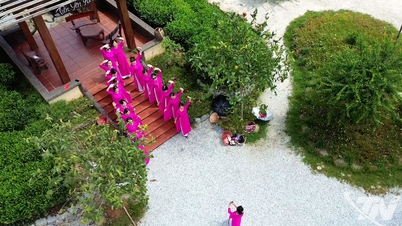
















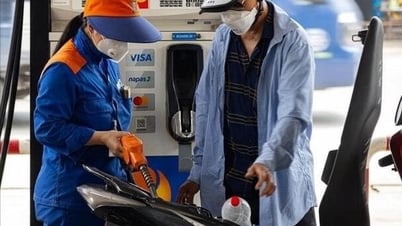







![[Video] TripAdvisor honors many famous attractions of Ninh Binh](https://vphoto.vietnam.vn/thumb/402x226/vietnam/resource/IMAGE/2025/10/16/1760574721908_vinh-danh-ninh-binh-7368-jpg.webp)

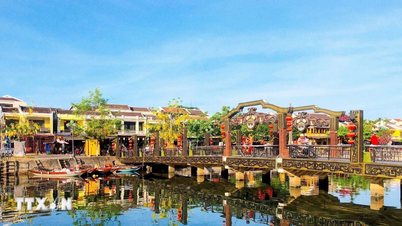

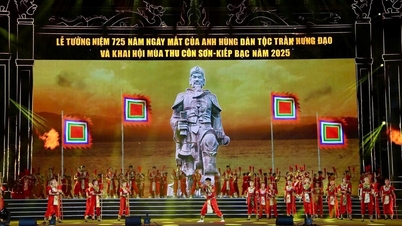









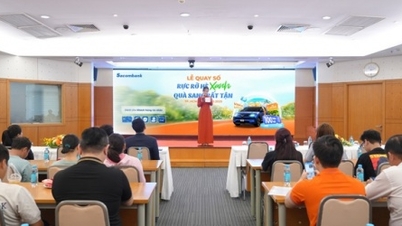







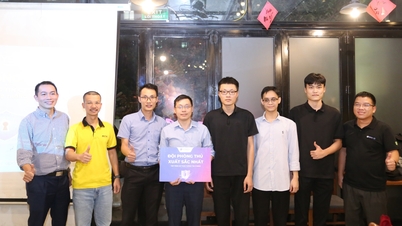





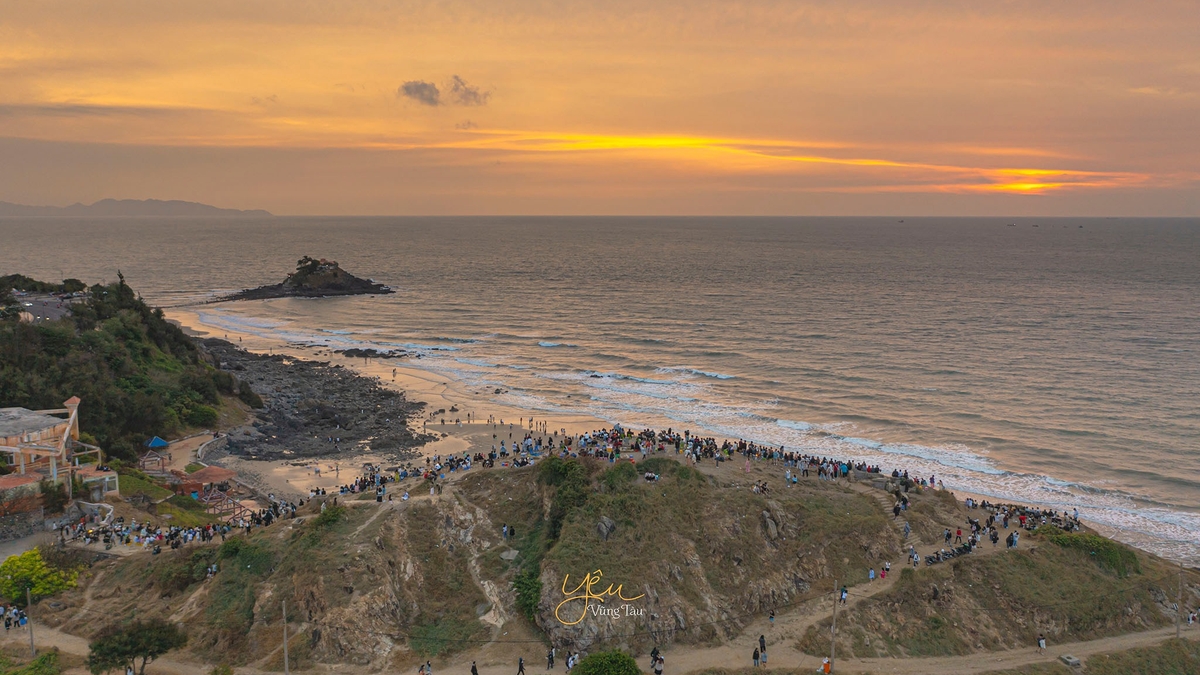
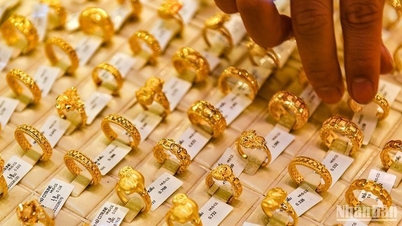
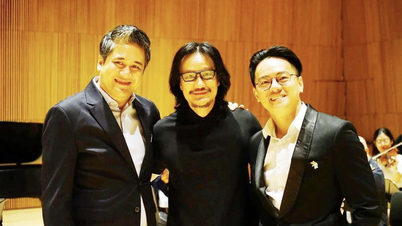












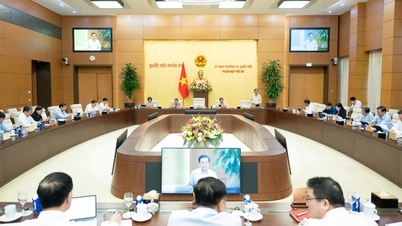


























Comment (0)